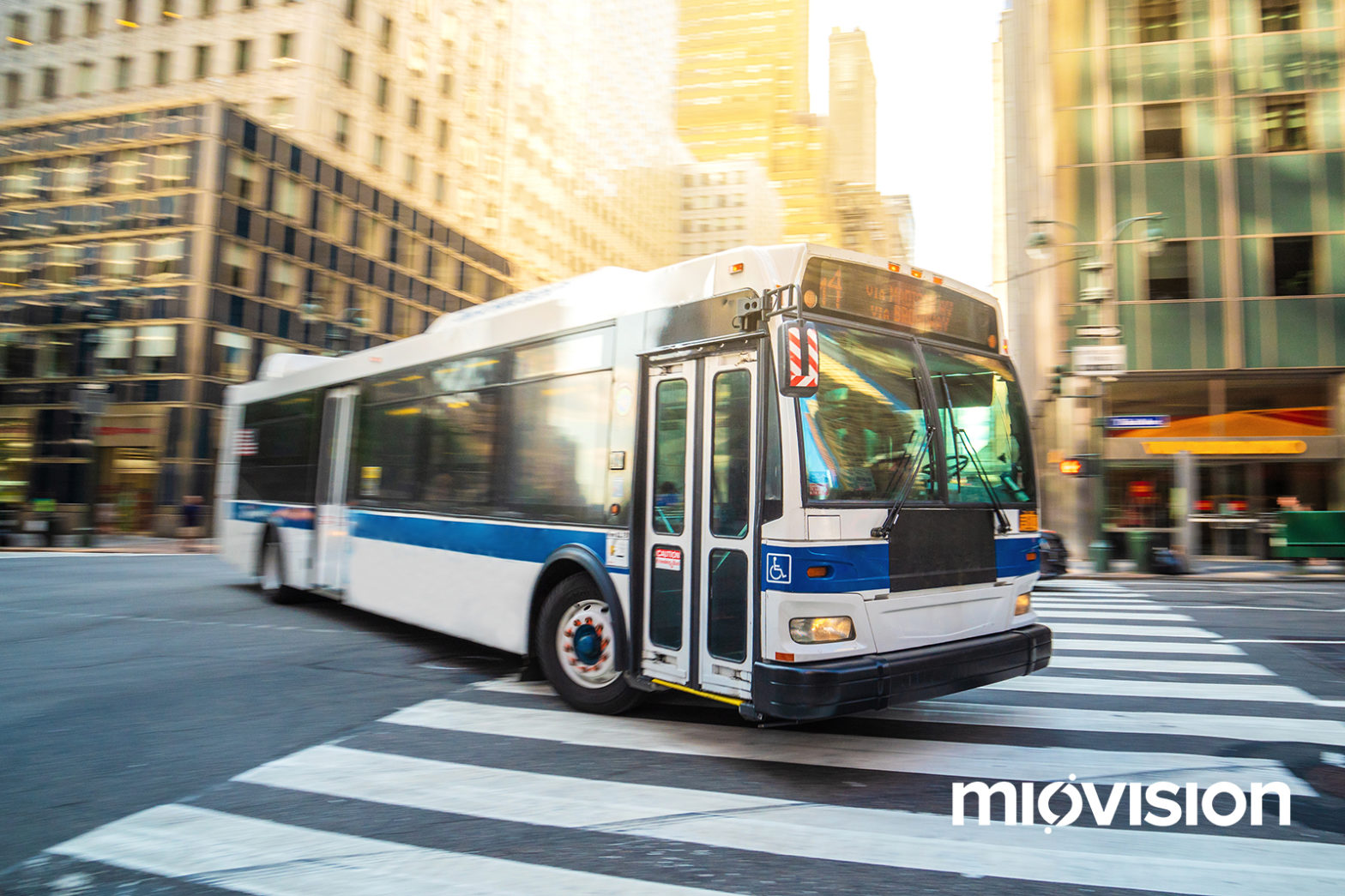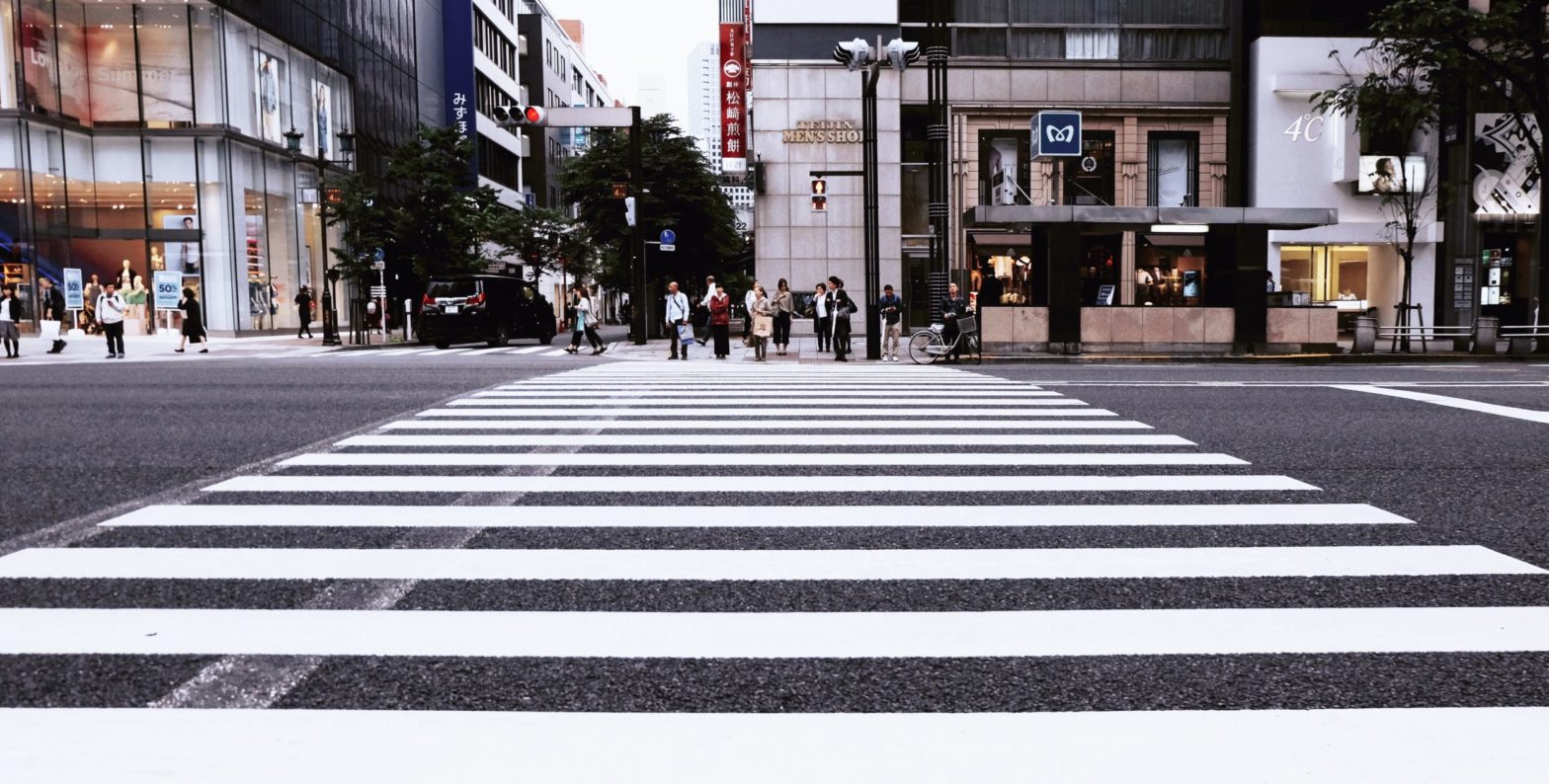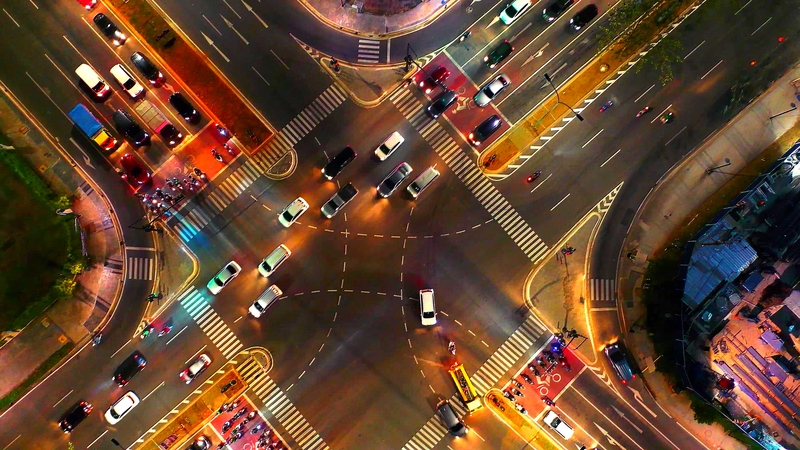
Photo: Miovision
Getting ahead of road safety risks with data
03 July 2023
Kurtis McBride, CEO of Miovision, explains why the mobility ecosystem needs to keep safety as a top priority.
Governments are committing significant new funding for transit. What opportunities do you think this represents for urban transportation?
Different municipalities and agencies will have different transit plans, depending on their needs and current state. But broadly, transit funding aims to achieve a couple of important policy goals.
If transit can attract people currently driving for some of their trips, this can reduce traffic congestion and resulting pollution – including greenhouse gas emissions. Improved transit can also help address issues of equity, improving transportation access for traditionally underserved communities.
In both cases, we need to make transit more convenient, more reliable, and more available to all.

Big new infrastructure projects like new subway lines may capture a lot of attention but to achieve public policy goals, the entire transit network needs to improve. Transit prioritisation – ensuring buses get priority green signals – can help improve on-time performance as well as reducing fuel consumption and providing vital connections to the rest of the system.
I think the key to success will be improving transit performance across the network, not merely adding a shiny new project amongst existing operations.
Has the mobility ecosystem evolved much over the past five years?
The mobility ecosystem is getting more complex. Earlier generations of traffic engineers were primarily focused on keeping vehicles moving. Today, the diversity of road users we aim to serve is increasing – encompassing pedestrians, cyclists, people on scooters, and public transit riders. And, we’re seeing autonomous and connected vehicles emerging as enabling technologies develop and scale.
Keeping everyone moving – safely – is a vastly more complex undertaking. The solution is to give traffic engineers and planners access to high quality, 24/7 multimodal traffic data, enabling them to continually optimise traffic management to benefit all road users.
We’ve seen a huge amount of funding being allocated to cities at the federal level – is there any particular area this should be focused towards to boost safety?
Ideally, we should invest funding aimed at improving road safety in the places where it will have the most impact. That means having accurate, network-wide data.
The traditional approach is reactive: identify places where collisions are happening. That’s an approach that requires people to potentially get hurt – or killed – before we act, which is obviously not ideal.
The good news is that there are now ways to accurately measure near-misses – places where road users are getting uncomfortably close on a regular basis. Academic studies have shown that data on near-misses can accurately predict injury-causing and fatal crashes, enabling traffic engineers to spend that newfound federal funding in locations where the risk is the highest and the impact will be greatest.
What’s in store for Miovision in the coming year?
Over the past two years, Miovision has acquired four companies: Traffop (signal performance measures), Rapid Flow (adaptive signal control), MicroTraffic (safety analytics) and, most recently, Global Traffic Technologies (signal priority). We also just recently launched Miovision One – a single, unified interface for customers to access solutions.
This year, we’ll focus our efforts on migrating our solutions – including those from acquisitions – to Miovision One. That will create a better experience for our customers. And, it will make it easier for us to rapidly develop and deliver new solutions to the market.
Brought to you by:








